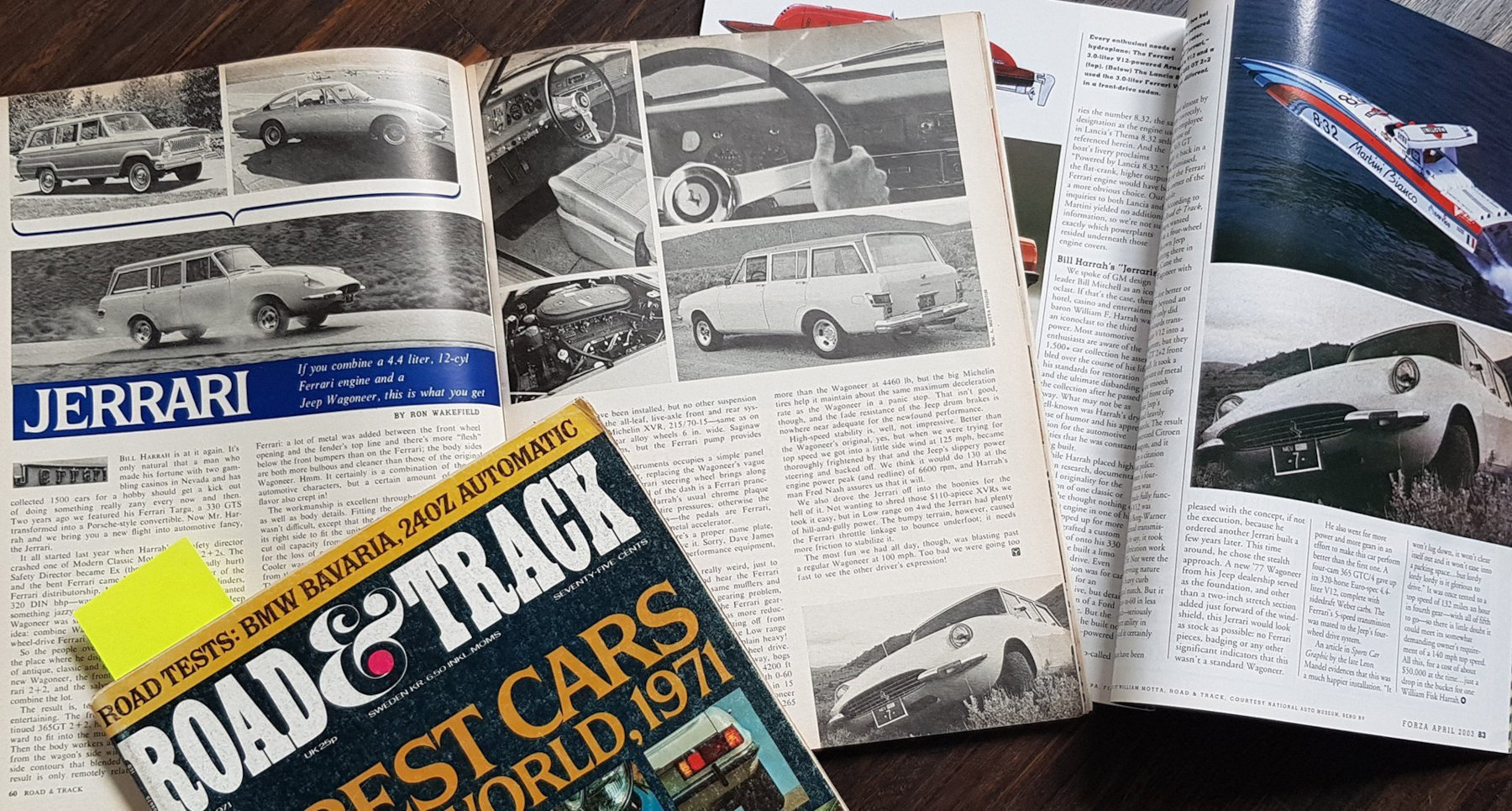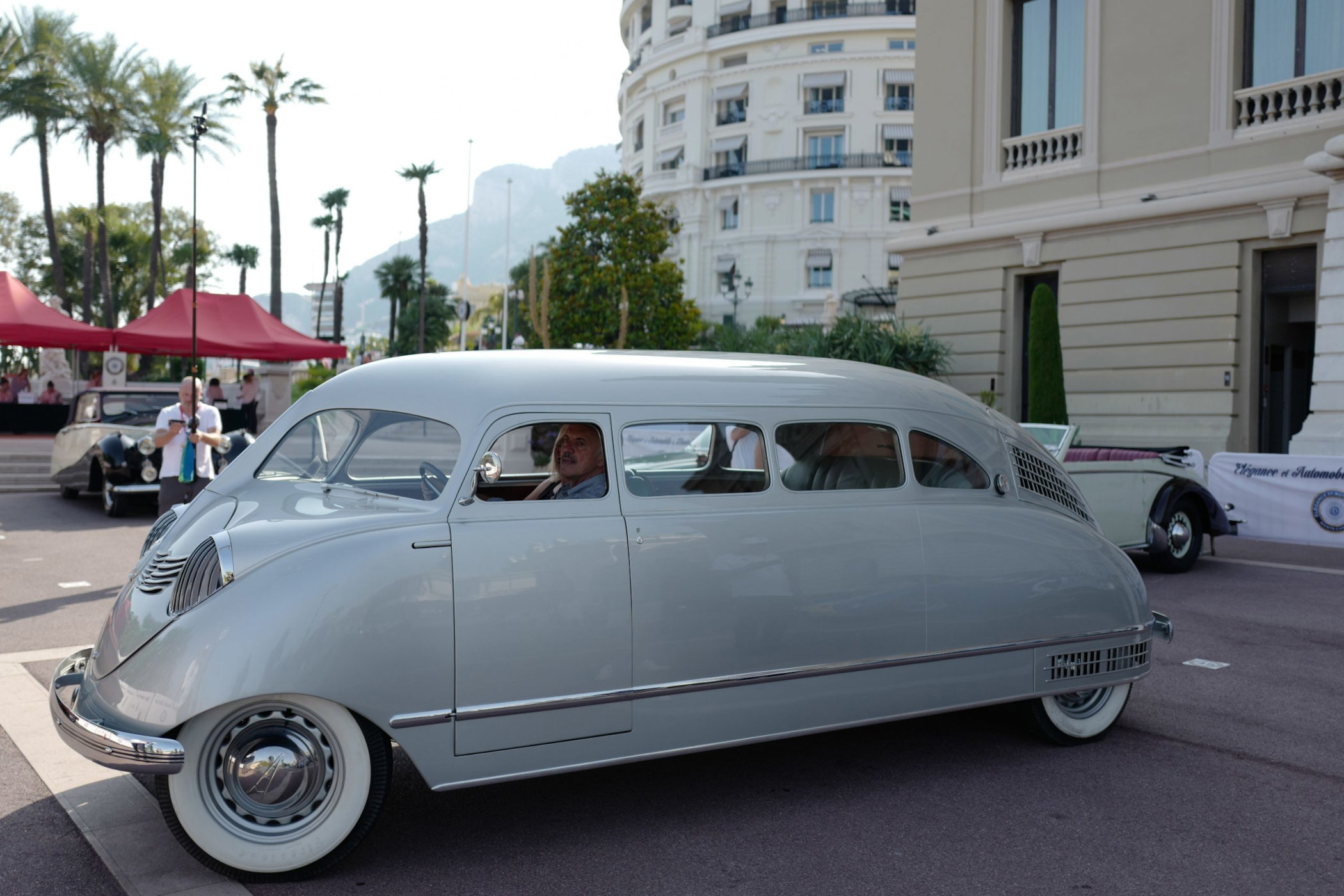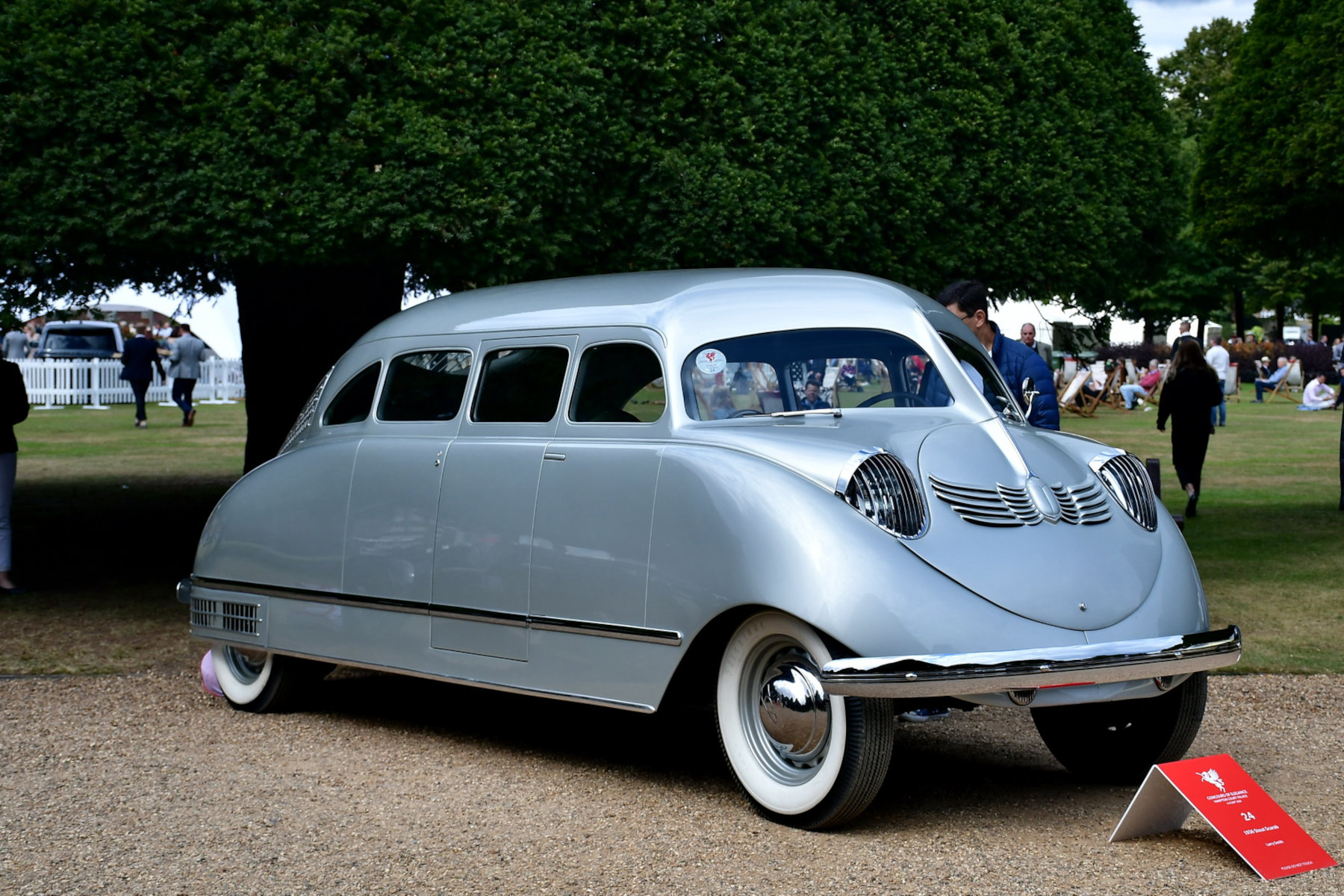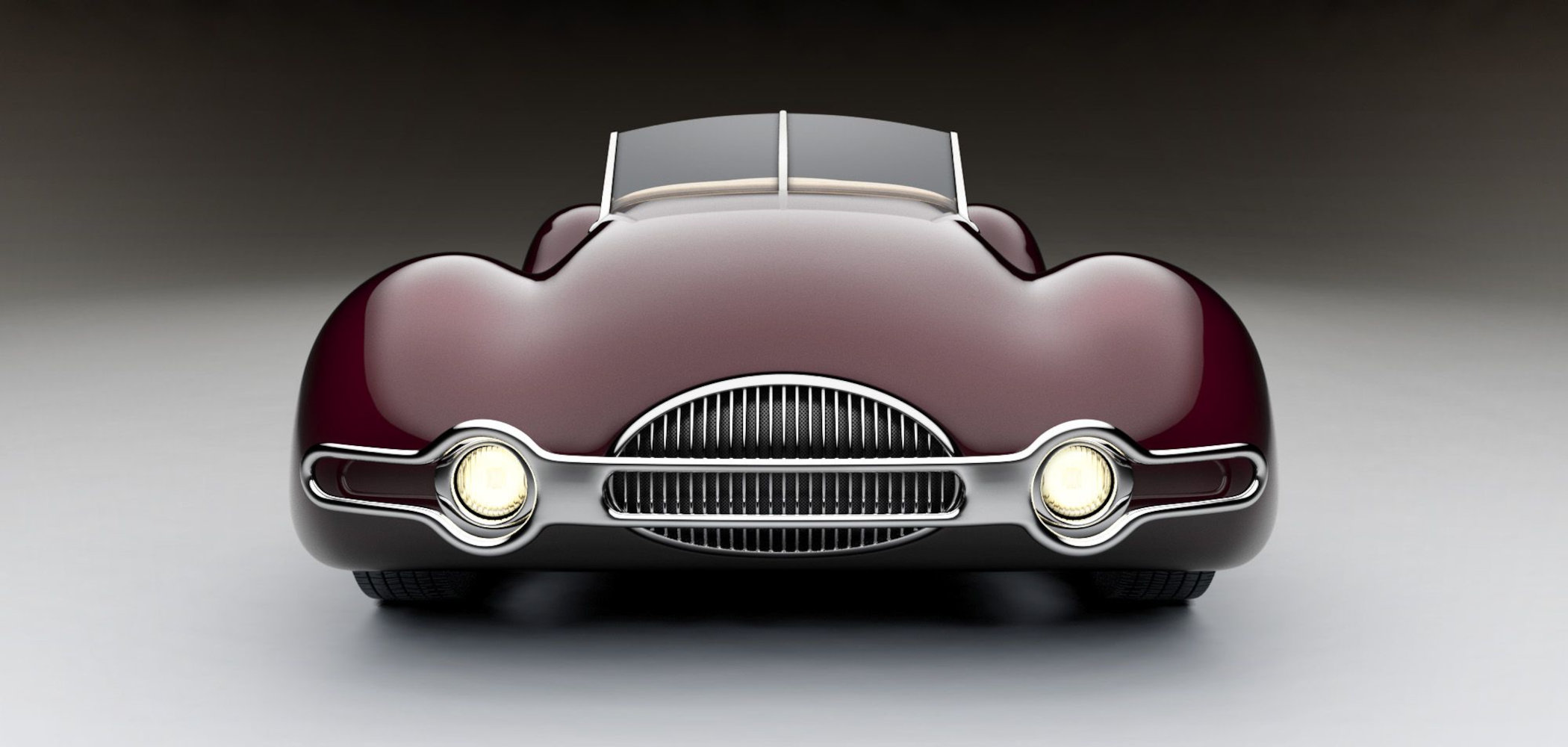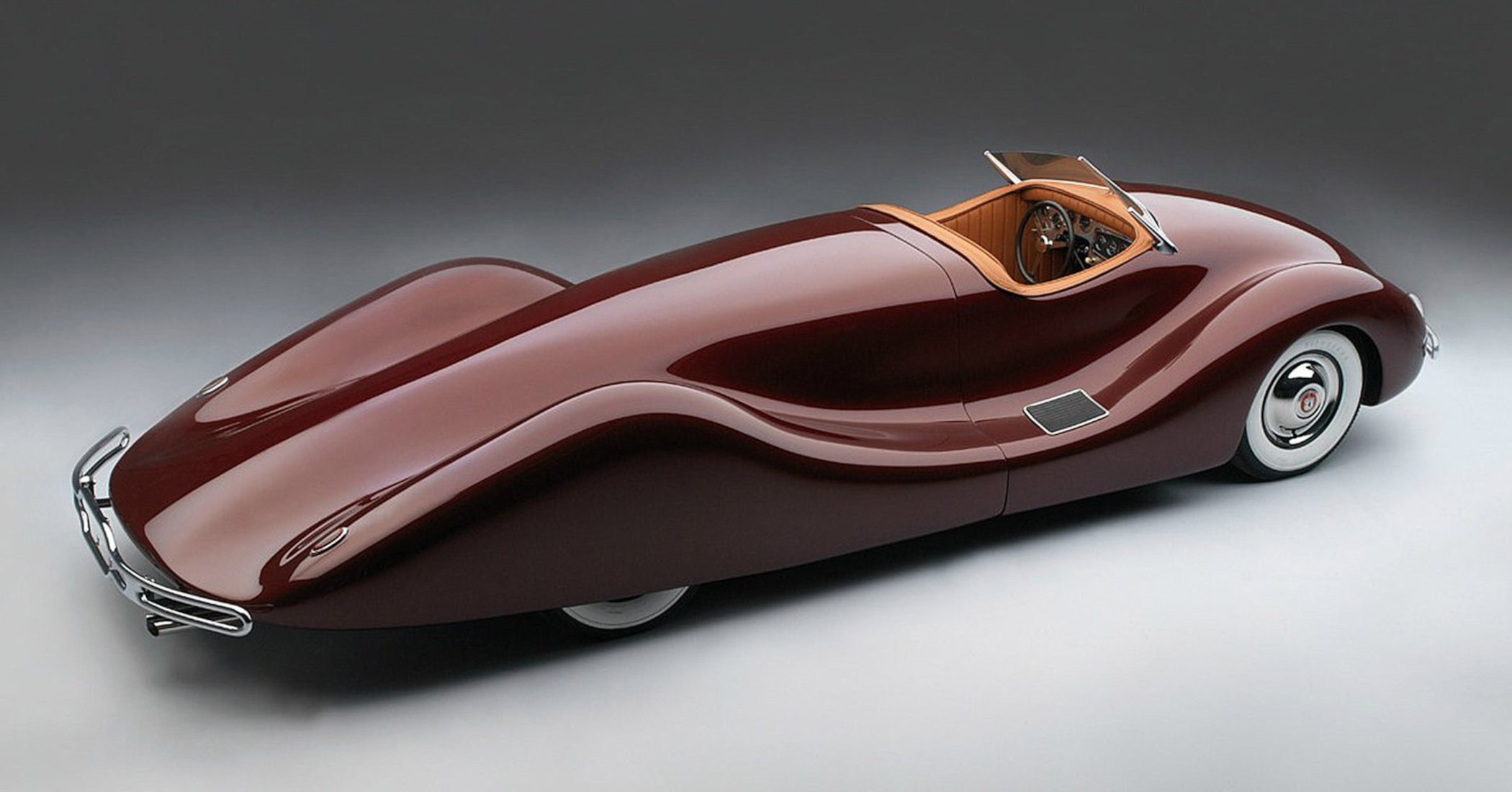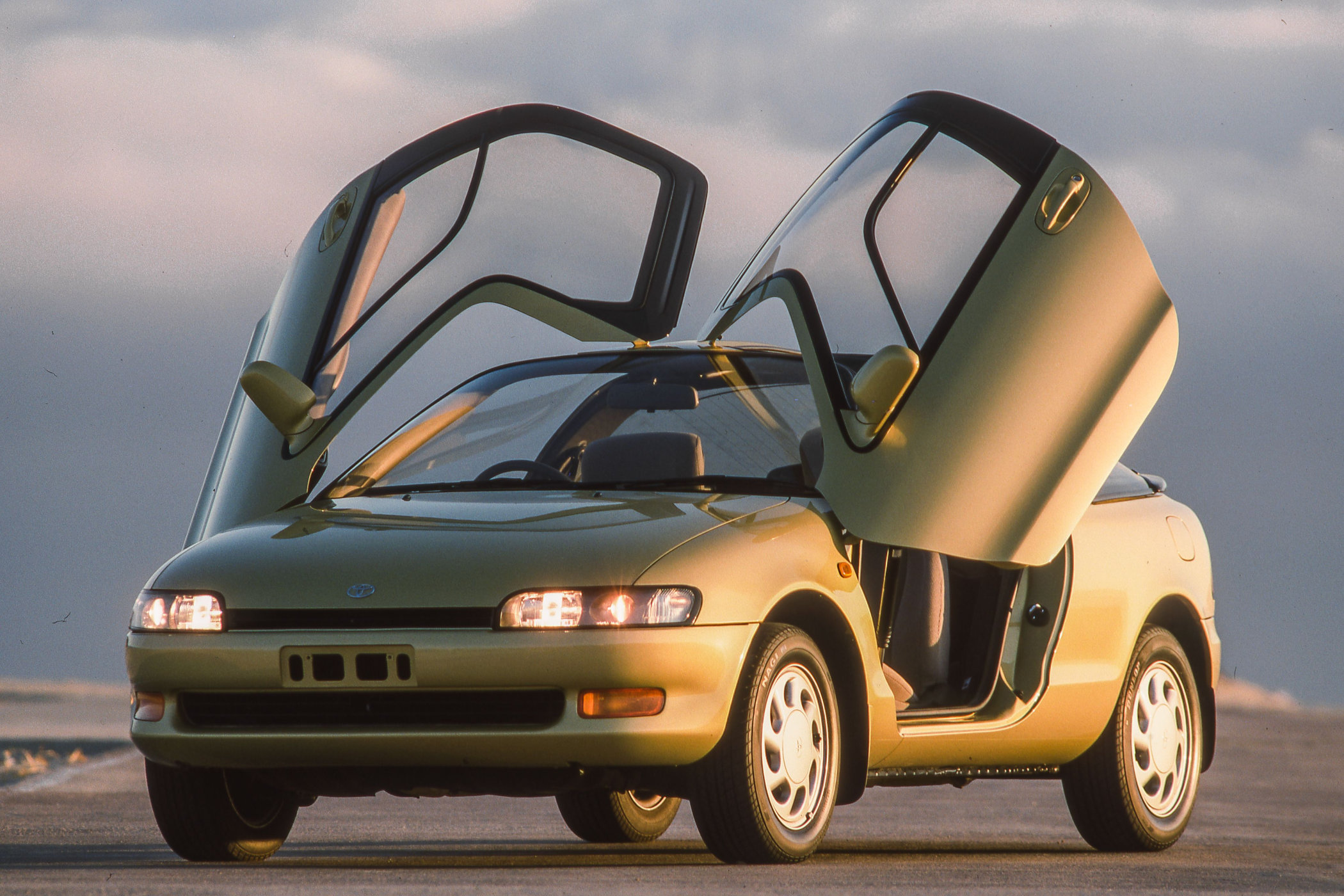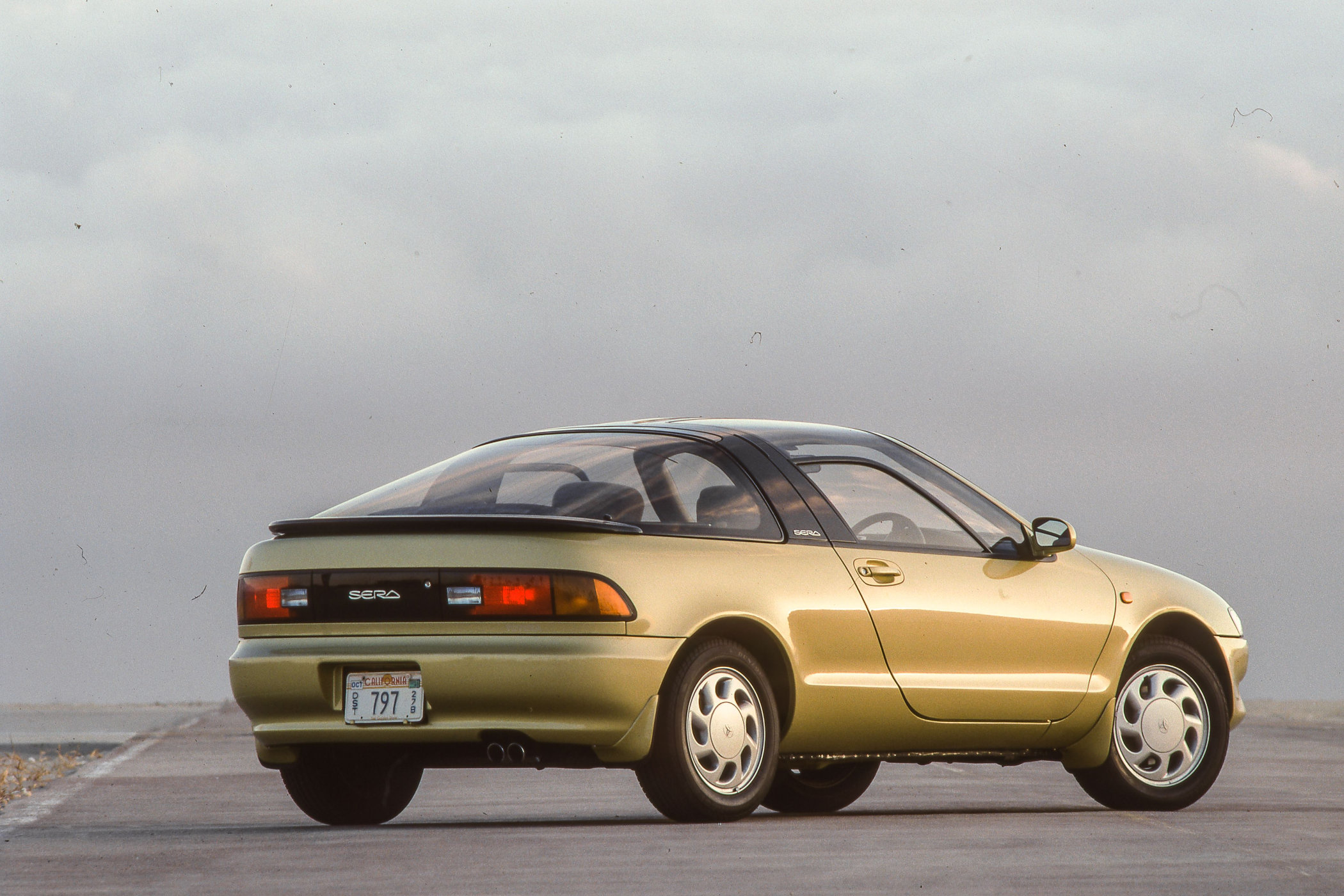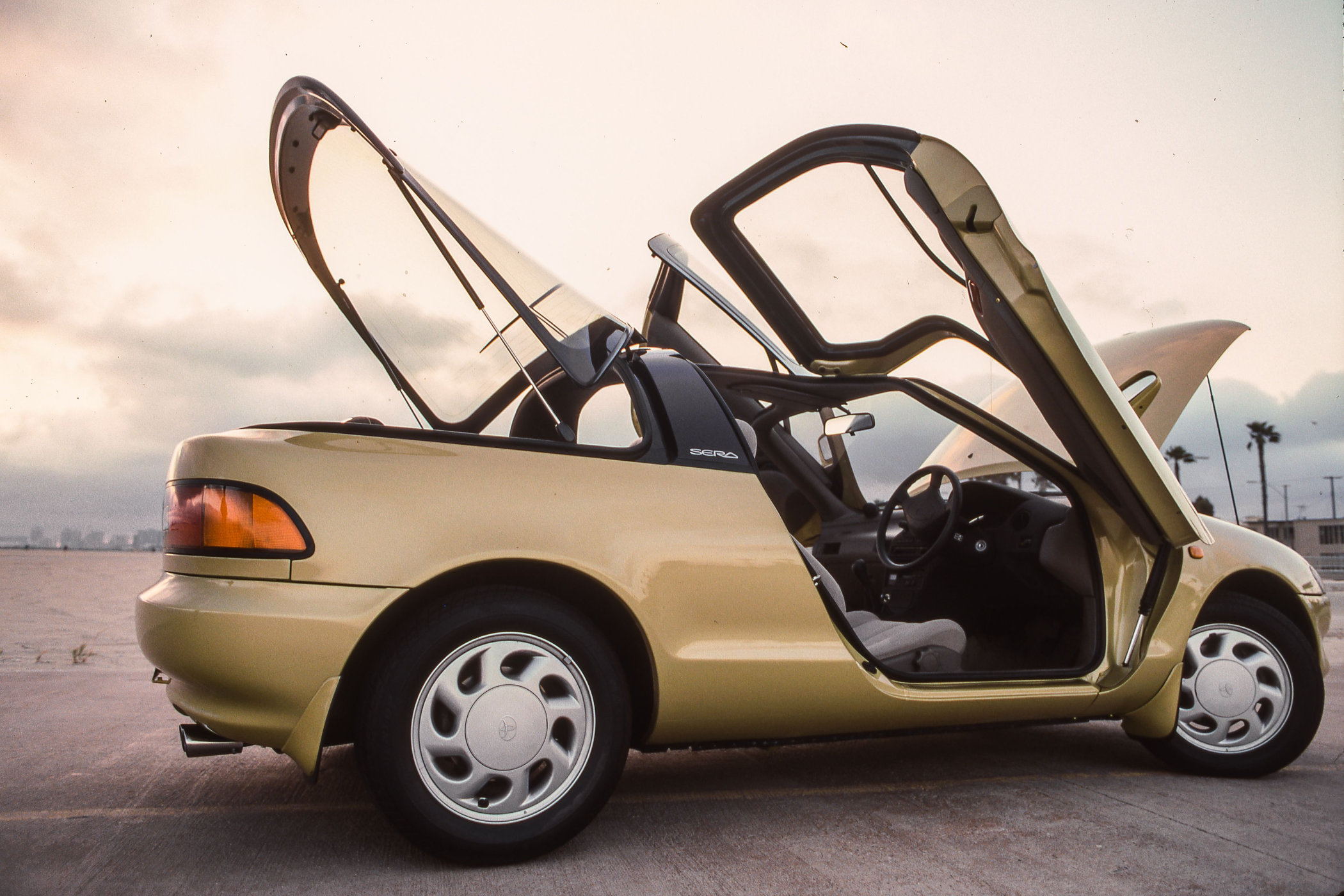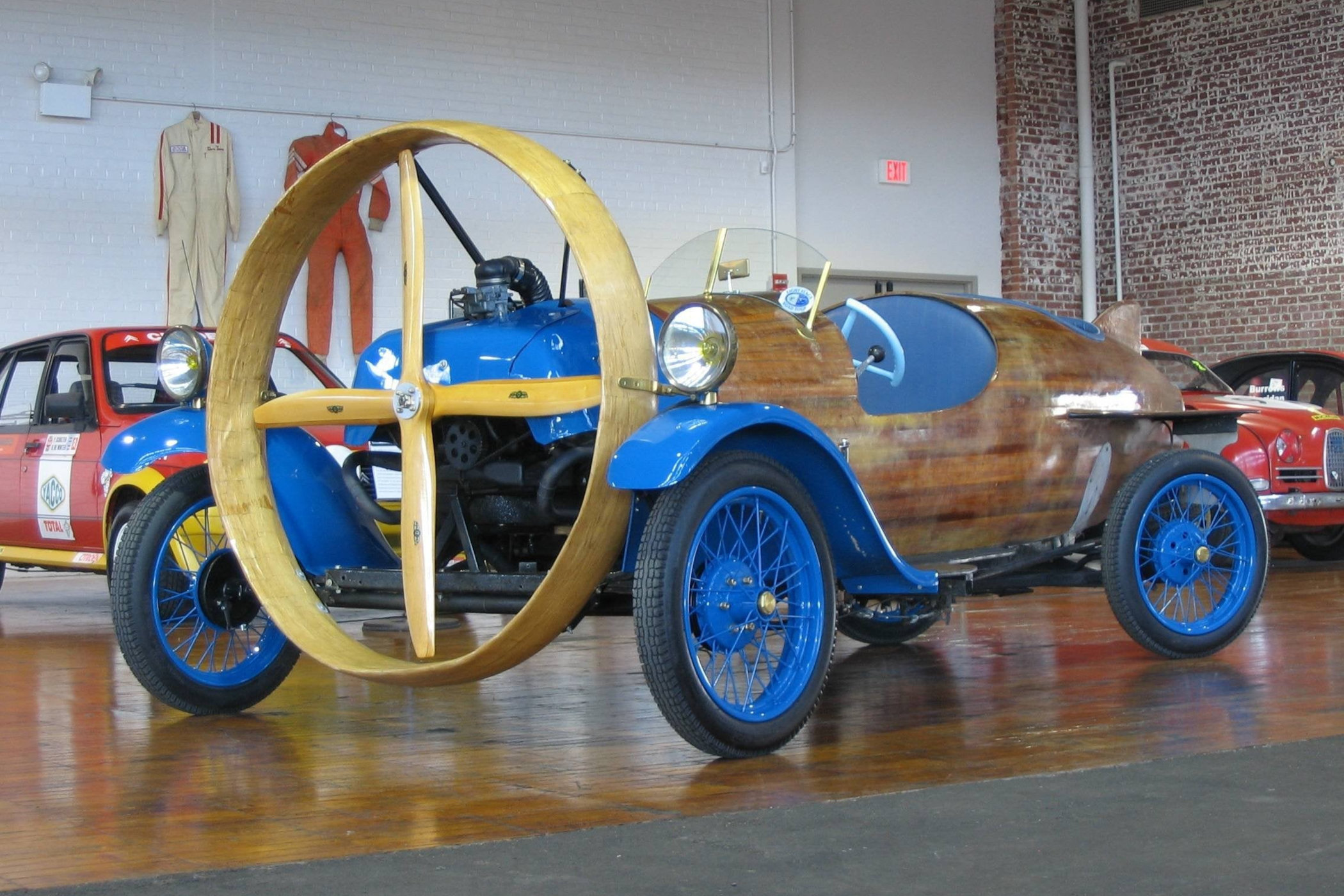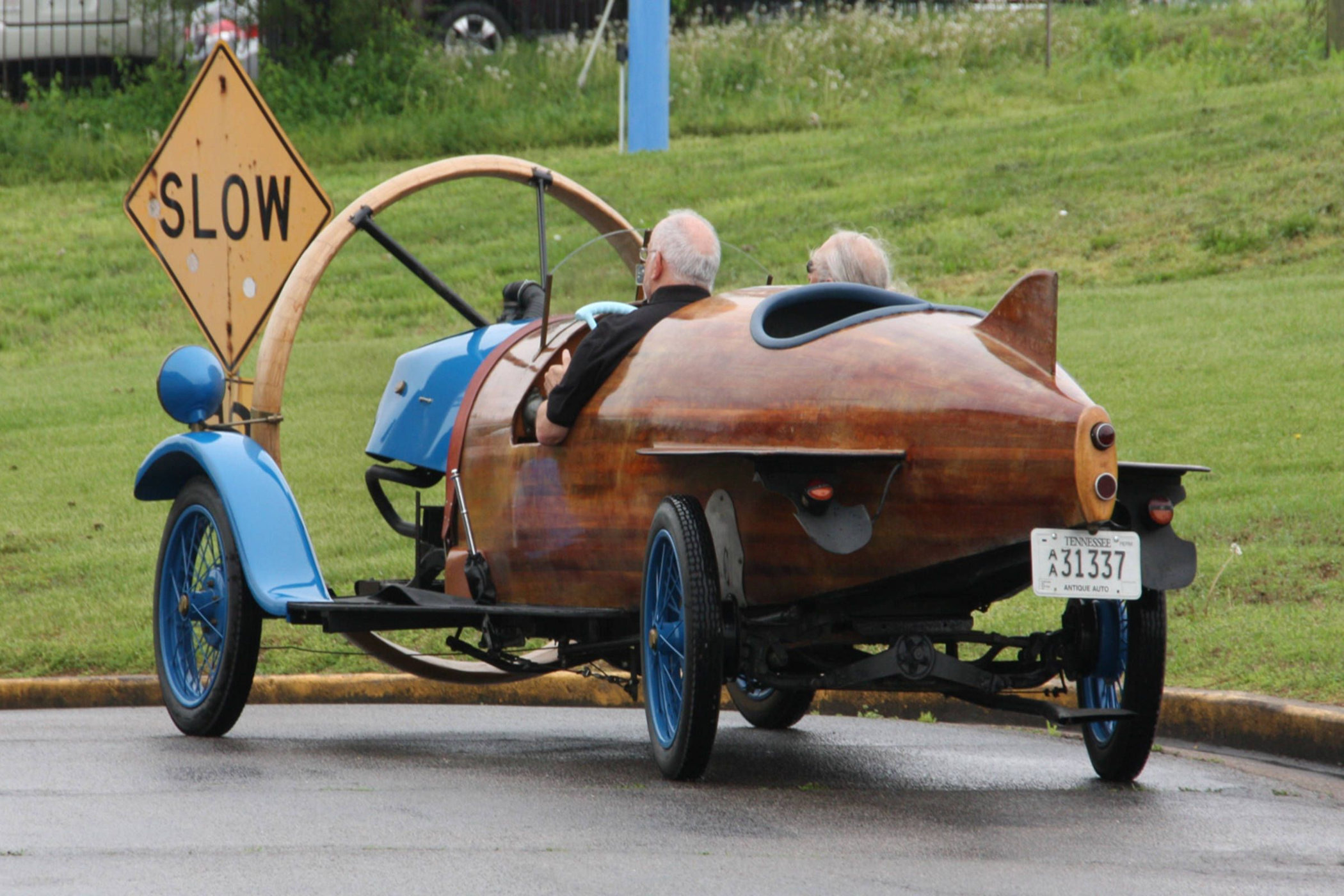A Collection of Some of the Wildest Automotive Obscurities
We once again investigate some of the weirdest creations in automotive history
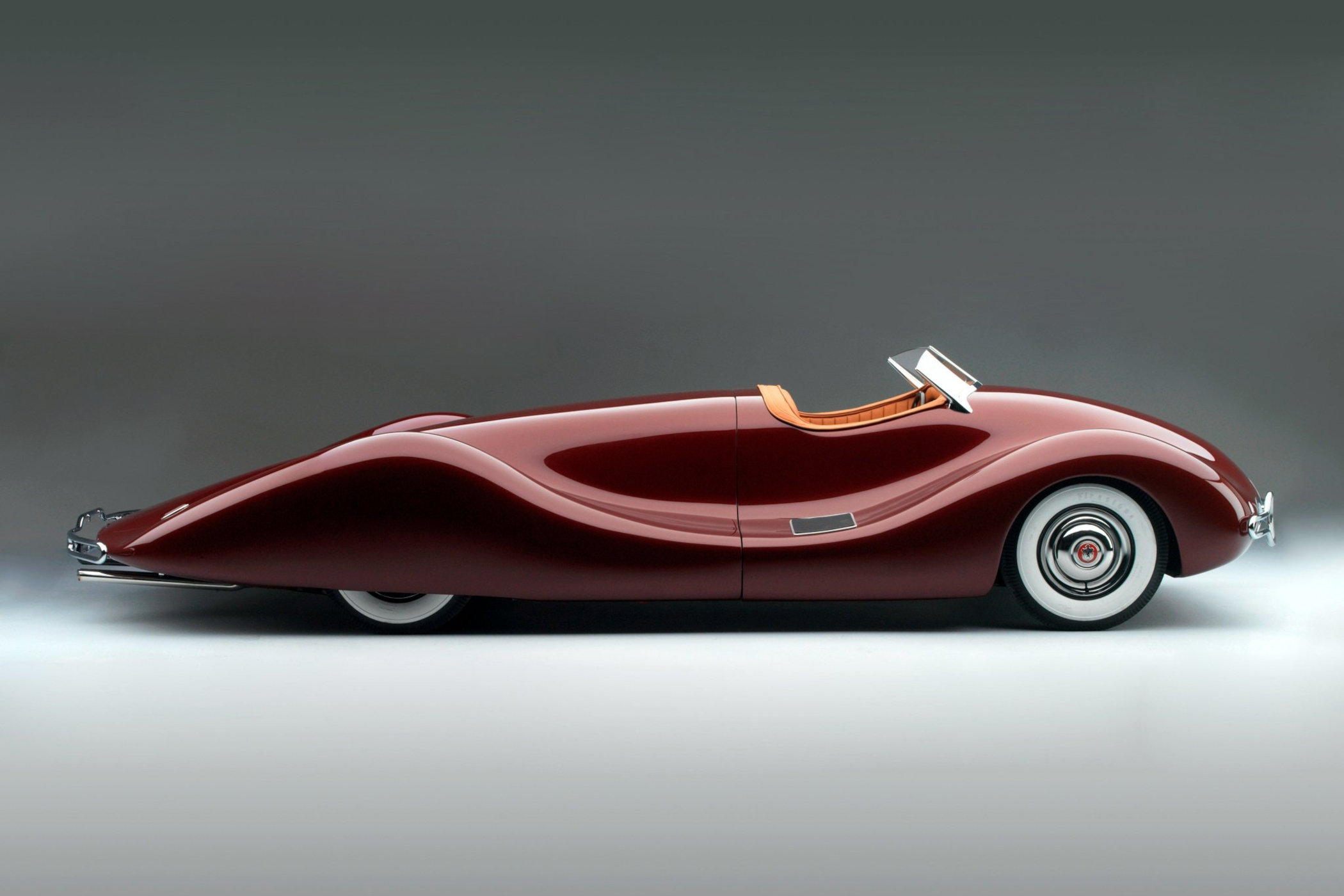
The automotive world, much like the watch industry, is an ever-fascinating thing. Since the birth of the car, countless visionaries, dreamers, industrialists, opportunists and madmen have been involved in shaping the industry into what it is today. But throughout those 135 years since the Benz Patent-Motorwagen, regarded as the first production car ever, are all sorts of obscure ideas that may or may not have caught the imagination of the public. A virtually limitless “source of inspiration” are one-offs, concept cars and custom creations, often an individual’s interpretation of the dream mobile. And then there are the chance encounters leading to some obscure creation. With that in mind, today’s Petrolhead Corner goes above and beyond to gather some of the automotive world’s most obscure vehicles ever made.
In this episode, you will see some truly wild creations, and we’ve got plenty more in store for future instalments as well. As I said, the history books are packed with these weird and wonderful machines and through the magic of the internet, we can enjoy them once more. Even if the car in question is almost a hundred years old, if it has survived, the internet will be the place to find out about it.
A Jeep-Ferrari hybrid, or Jerrari?
To kick things off, we take a look at perhaps the earliest performance “SUV” ever made. This contraption is actually a merger between a Jeep Wagoneer and a Ferrari 365 GT. It looks equal parts mad and genius at the same time, as the swooping Ferrari front seems perfectly aligned with the boxy Jeep Wagoneer’s body.
The car is known as the “Jerrari”, and it takes little imagination how that came about. It was built for a casino boss and car collector by the name of Bill Harrah. The story goes one of his mechanics crashed the Ferrari 365 GT 2+2, which spared an idea to convert it into a practical station wagon and use four-wheel drive. He took the idea to Enzo Ferrari, who said “no”. Not deterred by the rejection, Harrah bought a brand-new Jeep Wagoneer and had the two cars moulded together.
This process resulted in a V12 powered car, with a three-speed automatic transmission and drive to all wheels. Later on, the engine was replaced with a Chevrolet V8 and the car was painted dark green instead of the original white. One of the quirky little details is the custom badge on the Ferrari-nose, with an image of Eugene the Jeep, a Popeye comic book character.
It was recently listed for sale after a full restoration, still fitted with that Chevy-V8. MotorAuthority.com has more details on this peculiar car.
Stout Scarab
The Stout Scarab is probably a bit better known amongst enthusiasts around the world but is still a very special machine. It is the product of William Stout’s vision for a practical, everyday car. William Stout was an aeronautical engineer with a rather impressive resume. His innovations included an internally braced wing, for more rigidity, and to use metals for the exterior of a plane instead of fabric stretched over a wood frame. This also puts it into perspective what era we’re talking about, as the Stout Scarab was built in the early 1930s.
The idea was to build a practical vehicle with plenty of room and make use of clever solutions. This included a very aerodynamic body to reduce drag and an at-the-time unconventional rear-mounted Ford V8. Drive went to the rear wheels only, eliminating a long, intrusive draft shaft running underneath the chassis. The result was a flat floor plan and an impressively spacious interior.
A total of nine cars were built before the war, at price three times higher than conventional standard production cars. Shortly after the war another prototype was built around the same principles but using the world’s first fibreglass body, instead of a metal one. This never made it into production and the story for the Stout Scarab ends there. This was one of those occasions where a car’s design and technology was simply too far ahead of its time to become a real success.
More details can be found on Hemmings.com and Hagerty.com.
Norman E. Timbs Buick Streamliner Special
This stunning looking 5.4-meter-long car is known as the Norman E. Timbs Buick Streamliner Special and is a true custom-built one-off, completed in 1948. The story of this car is remarkable, primarily due to the fact it was built by hand by one man, in his own garage.
Norman E. Timbs, the man responsible for this machine, was an automotive engineer working in Indy 500 racing in the 1930s and 1940s. Inspired by the streamlined speed records cars by Auto Union and Mercedes-Benz, Mr Timbs set off to create his own immediately after the Second World War. Starting with sketching and building scale models, he eventually made a full-scale wooden model. This was used to create an aluminium body, all made by hand by the man himself.
The long swooping body hides a custom chassis and a Buick Straight-8 engine, which is mounted in the rear. The body is seemingly made of one piece, but in reality, the back section opens up on hydraulic hinges to reveal the engine, gas tank and spare tire. The cabin is quite small but spacious enough for two people. A step in the fender helps you get in and out, as there are no doors.
Changing ownership several times, it eventually got lost only to turn up abandoned at a junkyard in California decades later. Apparently, it featured in the remake of the Gone in 60 Seconds movie in 2000 (starring Nicolas Cage). Car collector Gary Cerveny shelled out USD 17 million for it at auction and commenced to fully restore it shortly after. The work was completed in 2010, and ever since the car made regular appearances at car shows and concours. Sadly, the car fell victim to California wildfires in 2018 and burned to the ground along with about thirty other cars, but word has it, it will be rebuilt once more.
It featured in this 2014 episode of MyClassicCarTV on YouTube alongside a 1954-55 Hudson Italia;
More details can be found on DriveTribe.com.
Toyota Sera
One of the strangest cars ever made by Toyota is without a shadow of a doubt the Sera. This little coupé-like hatchback outshines creations like the Toyota FJ Cruiser, Previa, Mirai or even the Scion sub-brand. The reason? Two large butterfly-style doors, that allegedly inspired Gordon Murray for the design of the McLaren F1. So yes, a Toyota is indirectly responsible for that dramatic look of one of the greatest supercars ever made.
The Toyota Sera was built between 1990 and 1996 with a total production run of close to 16,000 cars. It was sold exclusively in Japan but people have imported them in Europe, the US and other places as well. Besides the very cool, but quite impractical doors, the rest of the car is rather bland, to be honest. The engine comes from the Toyota Paseo and Starlet and is a 1.5 litre inline-4, which produces a little over 100 horsepower. The car has a surprisingly low weight of 930 kilo’s, which is unexpected given the complex and heavy door-and-roof structure.
The Toyota Sera was a car produced in a period of time where more weird and wacky stuff was made in Japan, such as the Autozam AZ-1 with Gullwing doors or the Subaru SVX, another car with a weird glass roof structure (no butterfly doors though).
Helicron
Last in line is one of the absolute greatest and wackiest machines ever made, the 1932 Helicron prototype. It is a real one-off, built in France and was lost for decades before turning up in a barn in the year 2000. Since then it has been fully restored and now resides in the Lane Motor Museum in Nashville, Tennessee. It actually passed inspection in 2000 when rebuilt, and is road-legal according to French law.
The open-wheeled car looks very much like an early aeroplane that has lost its wings. With that massive, exposed propeller between the front wheels, I can’t even begin to explain all the concerns I have in hypothetically driving such a contraption. Can you imagine running into something, or worse, an animal or person?
Anyway, the Helicron really breaks with any form of conventional car making. With an inverted chassis, steering was done at the rear (ever driven a fork-lift?). It had no throttle pedal, but a lever akin to one you’d find on a boat. The front-mounted propeller was originally driven by a two-cylinder engine, but since that has been lost over time it now has a Citroën flat-four engine. With that new engine, the car apparently has a top speed of 121mph (195kph) which sounds absolutely nuts in a thing like this.
Jason Torchinsky, from Jalopnik, has driven this crazy contraption a couple of years ago;





